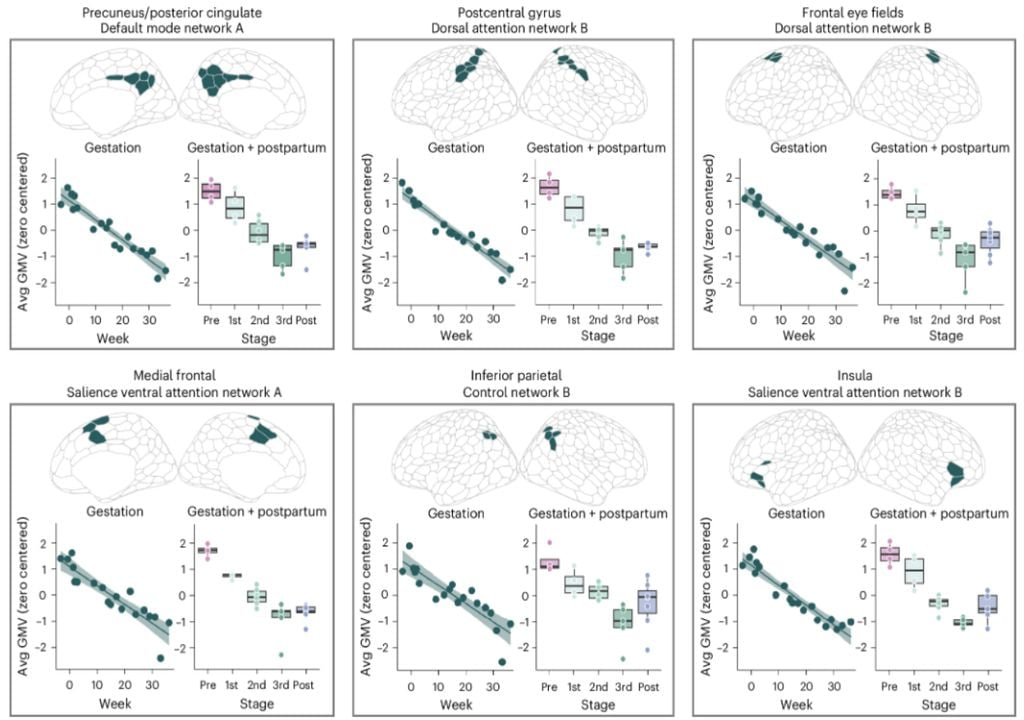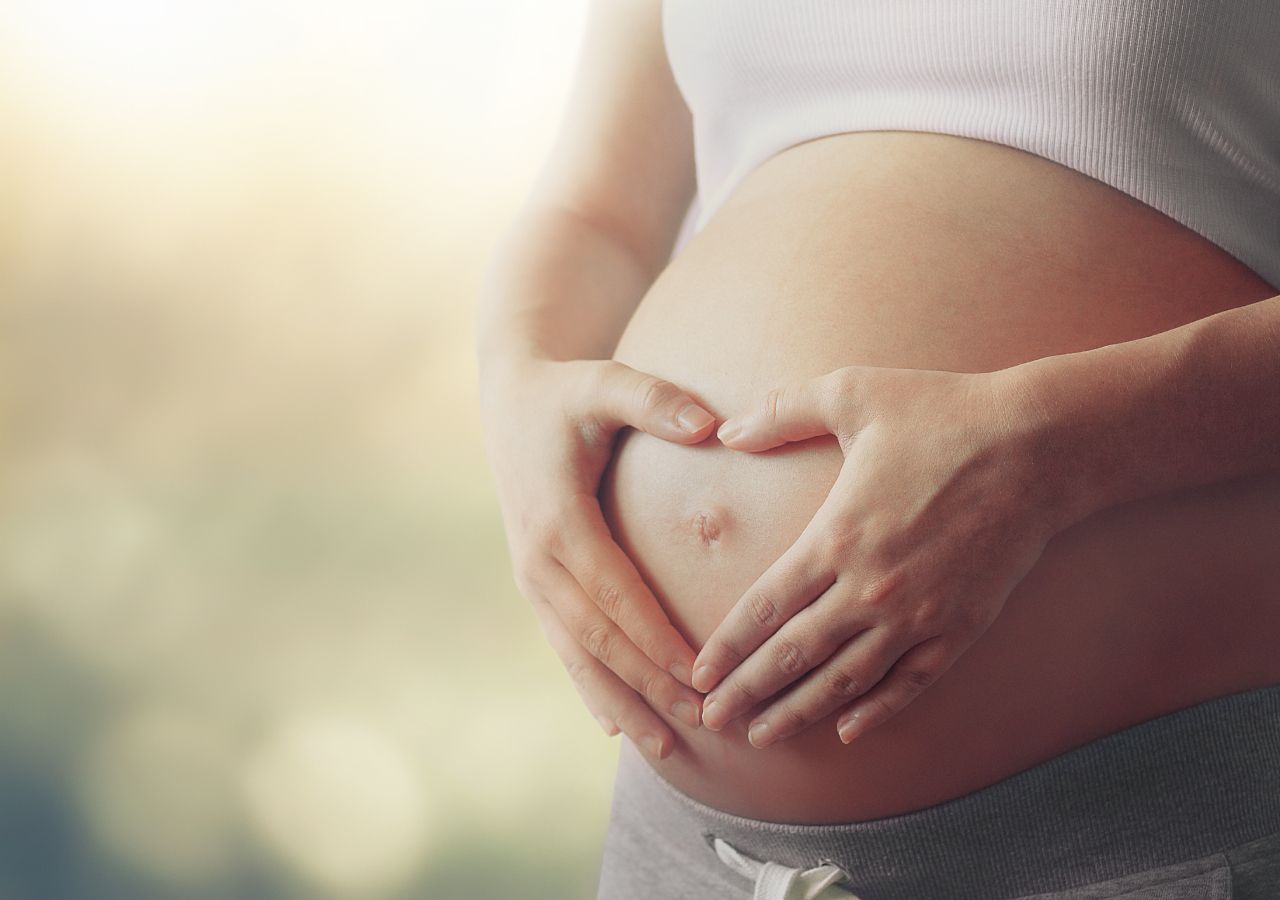Researchers from the laboratory of Professor Emily Jacobs, from University of California In Santa Barbara, highlighting this little-studied area. First ever map of the human brain throughout pregnancy.
“We wanted to analyze the trajectory of brain changes specifically during pregnancy.”“This is a very important finding,” says Laura Pritchett, lead author of an article just published in Nature Neuroscience.
Previous studies had taken images of the brain before and after pregnancy, but The pregnant woman's brain has never been observed in the midst of this transformation..
Visible changes in the brain throughout pregnancy
Accompanying the mother for the first time, The researchers analyzed her brain every few weeks, starting before pregnancy and continuing until two years after birth..
Data were collected in collaboration with Elizabeth Krastel's team from University of California, Irvinereveals Changes in gray and white matter in the brain throughout pregnancy, suggesting that the brain is capable of surprising neuroplasticity in adulthood..
(…) The brain is capable of surprising neuroplasticity even into adulthood.
Their precise photography technique allowed them to capture images. Dynamic reorganization of the participant's mind in extraordinary detail.This approach. Completes the first studies comparing women's brains before and after pregnancy.“Our goal was to bridge the gap and understand the neurobiological changes that occur during pregnancy itself,” the authors stated.
Decrease in gray matter, increase in white matter
The most obvious changes scientists discovered when analyzing images of people's brains over time were: Decreased cortical gray matter volumethe wrinkled outer part of the brain.
All physiological changes in pregnancy pic.twitter.com/Aeg0FbiRyL
— Oren Gottfried, MD (@OGdukeneurosurg) September 15, 2024
Gray matter volume decreased with increased hormone production during pregnancy.However, scientists stress that a decrease in gray matter volume is not necessarily a bad thing.
This change may indicate a “tuning” of brain circuits.QIt's not unlike what happens to all young people when they reach puberty and their brains become more specialized.
Pregnancy may reflect another period of cortical improvement.
Less obvious but just as important, researchers have found. Significant increases in white matterlocated deeper in the brain and usually Responsible for facilitating communication between brain regions.
While the decrease in gray matter continued long after birth, the increase in white matter was transient.It peaks in the second trimester of pregnancy and returns to pre-pregnancy levels around the time of delivery.
Unprecedented study
This type of effect has not been observed before in before-and-after tests.According to the researchers, this allows for a better appreciation of how dynamic the brain is in a relatively short period of time.
These changes indicate that The adult brain is capable of undergoing a long period of neuroplasticity.Brain changes that may support behavioral adaptations associated with parenthood.
“Eighty-five percent of women will become pregnant once or more in their lifetime, and about 140 million women become pregnant each year.”“It's a very good idea,” said Pritchett, who hopes to “dispel the myth” surrounding women's fragility during pregnancy.
Pregnancy neuroscience should not be viewed as a niche field, Pritchett says. Discoveries resulting from this kind of work will “deepen our global understanding of the human brain.”including the aging process.”
This open access dataset serves as a starting point for future studies. It aims to understand whether the size or frequency of these brain changes hold clues about a woman's risk of developing it. Postpartum depression, a neurological condition that affects about one in five women.

And that's exactly what the authors set out to do. With support from Ann S. Powers Women's Brain Health InitiativeDirected by Jacobs, His team is developing these early discoveries through the Mother's Brain Project.More women and their partners are being enrolled at UC Santa Barbara, UC Irvine, and through international collaborations with researchers in Spain.
“Experts in neuroscience, reproductive immunology, proteomics and artificial intelligence are collaborating to learn more about the maternal brain than ever before.“Together, we have the opportunity to solve some of the most pressing and least understood issues in women’s health,” Jacobs said.
News Reference:
Pritchett, L., Taylor, CM, Cosio, D. et al. Neuroanatomical changes observed over the course of human pregnancy.Natural Neuroscience (2024).

“Wannabe internet buff. Future teen idol. Hardcore zombie guru. Gamer. Avid creator. Entrepreneur. Bacon ninja.”

